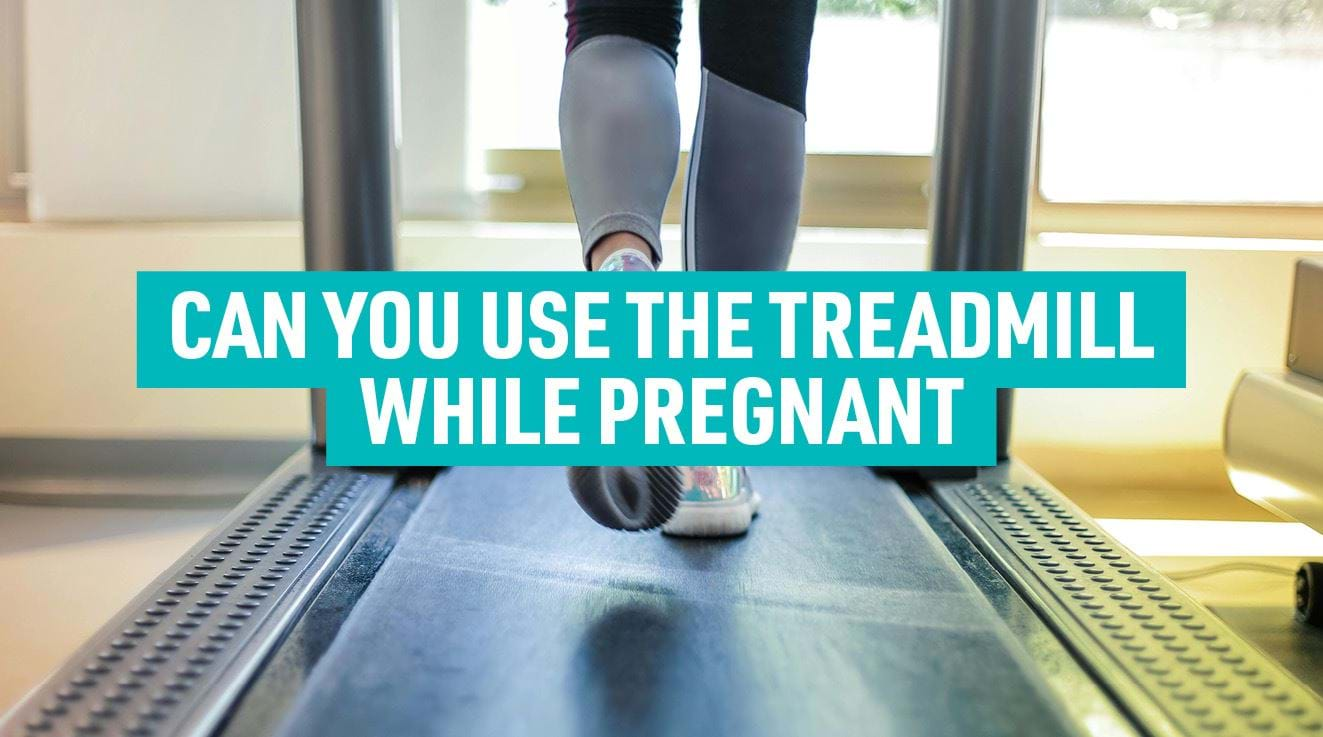
Is Treadmill Exercise Safe During Pregnancy? Expert Guidelines & Tips
Using the treadmill during pregnancy can be safe and beneficial when done correctly. Here's what you need to know about treadmill exercise while pregnant.

Pregnant woman running on treadmill
Safety and General Guidelines Treadmill use is generally considered safe throughout pregnancy, offering a controlled environment compared to outdoor exercise. The machine's handrails provide extra support as your body changes, and you can easily adjust intensity levels as needed.
Key Benefits
- Improved cardiovascular health and circulation
- Better weight management
- Reduced risk of gestational diabetes
- Enhanced mood and decreased anxiety
- Stronger pelvic floor muscles
- Increased stamina for labor
- Reduced pregnancy discomfort
- Better sleep quality
- Maintained muscle tone
- Higher energy levels
Recommended Duration
- First and early second trimester: Up to 45 minutes
- Late second and third trimester: Around 30 minutes
- Always include 5-minute warm-up and cool-down periods
Walking Guidelines
- Maintain a conversational pace
- Use handrails for balance
- Monitor heart rate (stay in zones 2-3)
- Decrease speed and incline as pregnancy progresses
- Take breaks when needed
Running Guidelines
- Only continue if you ran pre-pregnancy
- Decrease duration and intensity over time
- Listen to your body's signals
- Don't start running if you weren't already a runner
When to Stop Exercise Stop immediately and consult a healthcare provider if you experience:
- Vaginal bleeding
- Amniotic fluid leakage
- Dizziness or lightheadedness
- Chest pain or breathing difficulties
- Decreased fetal movement
- Calf pain or swelling
- Severe headache
- Unusual fatigue
- Pelvic or joint pain
- Contractions
Essential Tips
- Focus on maintenance rather than improvement
- Gradually decrease intensity
- Monitor breathing and heart rate
- Extend warm-up and cool-down periods
- Wear supportive clothing
- Use a belly support band if needed
- Stay well-hydrated
- Monitor body temperature
- Stop if uncomfortable
- Follow healthcare provider's guidance
Recommended weekly exercise: 150 minutes of moderate activity, spread across multiple sessions.

Athlete pulling sled during workout competition

Man performs HIIT kettlebell exercise

Person walking uphill on trail
Related Articles

Essential Guide to Pregnancy: Signs, Symptoms and Wellness

